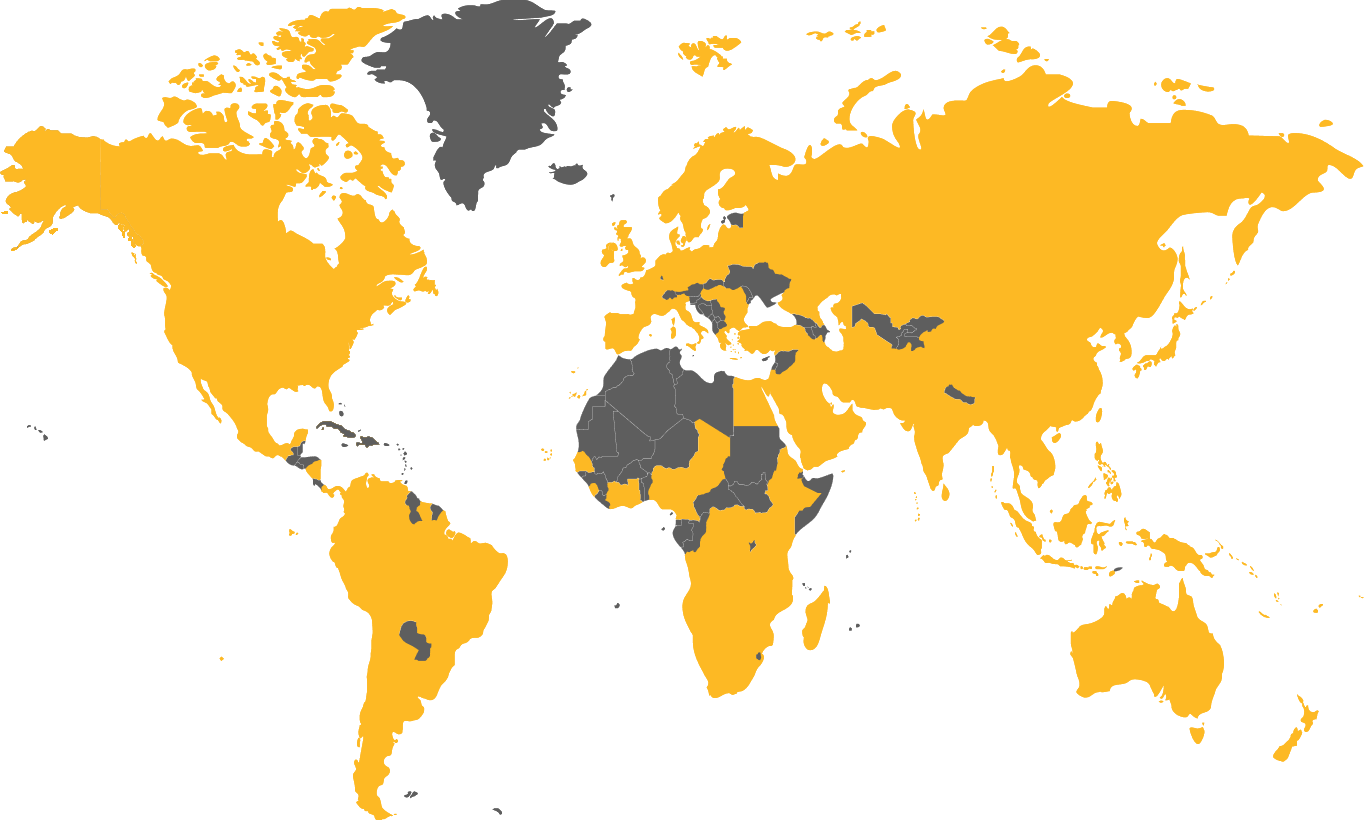History of ductile iron, PVC and HDPE pipe materials
In 1955 ductile iron was first used in water distribution networks as a replacement for the aging cast iron systems. However, the switch didn’t really help cure the main issues of circular breaks and corrosion. That’s why many decided to opt for lighter, more durable and inexpensive materials such as HDPE and PVC. Both of these materials rose to fame in the late 1950’s as the true value of poly pipe materials came to the fore. These were only truly commercialised in the 1960’s, with PVC manufacturers targeting mainly the water industry, while HDPE dominated the oil & gas industries. Today, HDPE has proven itself far superior to both materials, but industries and markets have been slow in the uptake.
Benefits of High-Density Polyethylene (HDPE)
HDPE pipe is renowned for its leak-free, corrosion-resistant and flexible capabilities. The nature of these key benefits has allowed for some incredibly unique and cost-effective installation processes. Commonly referred to as trenchless pipe, the methods for installation create minimal environmental disruptions. The longer maintenance-free life cycle has allowed for fewer system breaks, water loss and cost for those who have chosen the king of piping systems.
Further proof of HDPE’s efficacy is evident in a complete analysis of all pipe materials. Ductile iron and PVC have leak rates of around 30%, which is a staggering figure when compared to the 1/10,000,000 failure rating of HDPE. This is a result of the fusion process, requiring heat to butt weld pipe segments together. This process can often create a join more solid than the original pipe itself, which becomes slightly thicker at the join. The failures we have seen on HDPE pipes are primarily a result of improper butt welding techniques, not issues with the product itself.
Major savings can also be made on installation, with customers of HDPE saving up to 65% on cost to install. That’s not even taking into account the fact these systems are maintenance free, last longer than their counterparts and rarely fail. According to EU butt welding standards, HDPE pipe systems create a life expectancy of 100+ years. The product itself is also available year round, environmentally friendly, extremely surge tolerant and makes for an incredible long term investment.
The HDPE fusion specialists
worldpoly have been involved in the HDPE industry since its inception, and was the first company to produce PE pipe in the Southern Hemisphere in 1959. Today, the company put their incredible expertise to use manufacturing some of the best butt fusion machines available anywhere in the world.
To download the full HDPE Municipal Water Distribution Whitepaper, please click here.







